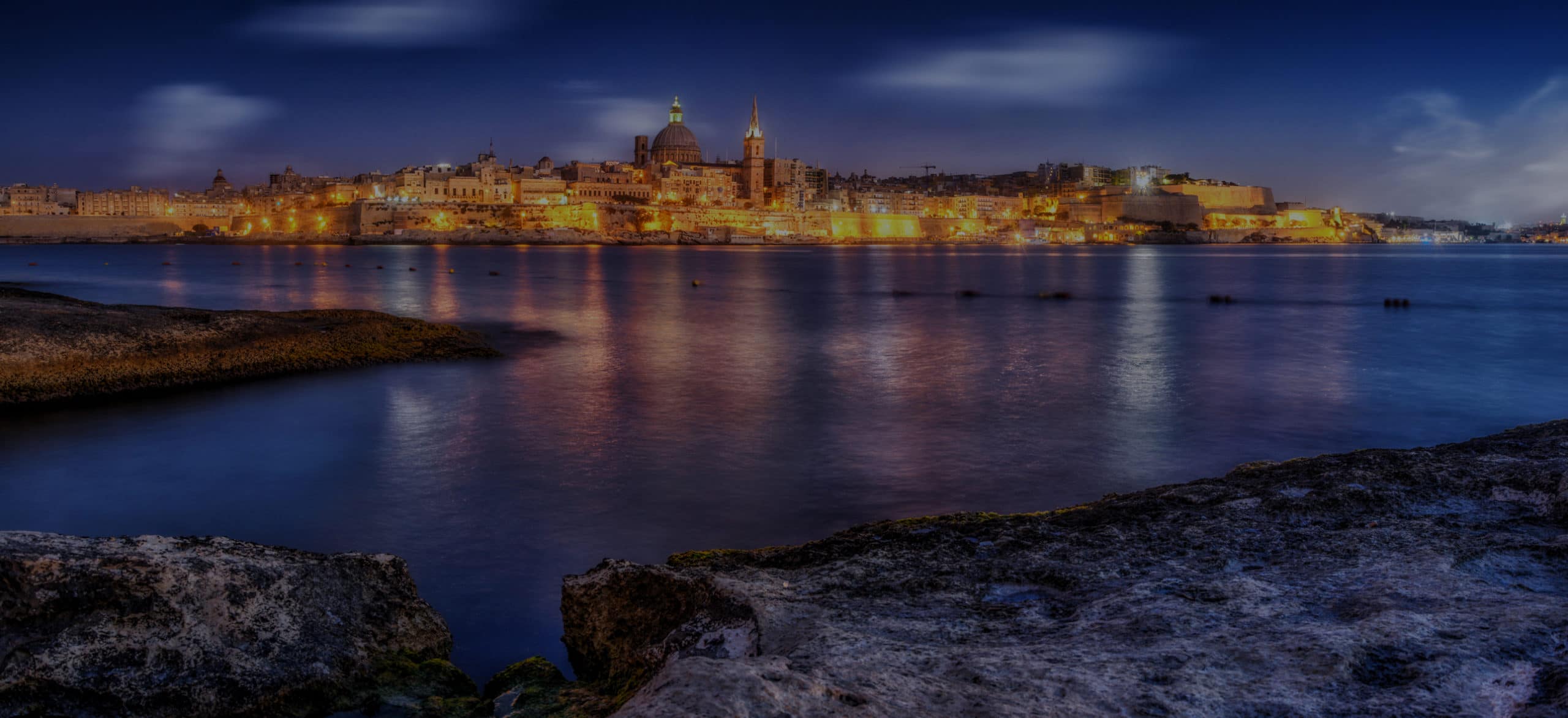Zero Emission Vessels: A Revolution in the Making
Two years after IMO2016 established the 2020 sulphur cap for ships` bunkers to 0.3% – 0.5% from the previous high of 3.5%, the organisation set an even more ambitious target for 2050: to halve vessels` carbon emissions to meet the deadlines of the Paris Agreement. Given twenty-year average lifetimes for ships, it is no wonder that, if they are to meet IMO`s 2050 CO2 reduction target, research and delivery of prototype Zero Emission Vessels (ZEVs) has to start in earnest now for the first ships to be in service by 2030.
Zero Emission Vessels development promises to be an exciting, innovative period of transition for the shipping world. Ship owners naturally look askance at the building, running and maintenance cost of innovative ships; they know where they stand with fossil fuels. A ZEV costing more than 10% of a traditional CO2 emission vessel would be looked at with unease by ship owners and banks, and besides, not all shipyards would be able to undertake such work within established time frames. Some shipyards have found out to their own cost that installation of scrubbers was taking more time than anticipated, and there were pitfalls along the way. If this was occasionally challenging for thousands of current scrubber conversions, imagine what could happen in the case of new ZEVs.
Various ZEV stand alone or hybrid systems are being studied, developed and tried and tested. They include battery and engine combinations, wind, solar panel, battery and engine hybrids, as well as hydrogen, ammonia, biofuels, synthetic fuels and LNG. Each system must be applied in the context of different ship types according to their trades: ferries, tankers, bulk carriers, container ships and cruise ships. The duration of voyages and availability of these ’new’ bunkers at ports has to be taken into account. Furthermore, care has to be taken to ensure that the source of CO2 pollution is not moved upstream as, for example in the case of hybrid ships that are plugged in to shore supplies.
The recently completed hybrid ferry COLOR HYBRID runs on battery power when entering or leaving port. Its batteries are recharged on shore at Sandefjord. Norway generates cheap, renewable and CO2 neutral hydro-electric power. Clearly not many countries will be able to generate electricity in a similar manner and battery power alone is currently incompatible with ocean voyages. In the case of biofuels derived from crops, care must be taken so that cultivation does not impact food production, and lead to deforestation to create fields for the growing of such crops.
Various options are already being applied by ship owners in partnership with technology firms, international ship registers and technical universities. Nippon Yusen Kaisha and Wallenius Lines, which are represented in Malta by the Gollcher Group, have advertised ZEV prototypes. NYK`s Super Eco Ship Concept will be powered by solar cells and LNG. Wallenius`s ‘Orcelle’ will incorporate batteries, wind and wave power and hydrogen cells. Separately, the proposed ZERO Feeder will be powered by liquid hydrogen fuel panels. Scandlines Ferries will combine photovoltaic fuel cells with Flettner Rotors. B9 Shipping Company plans to build a ship powered by methane fuel, (biogas) and wind power.
Mitsui O.S.K. Lines Ltd has teamed up with Asahi Tanker Company and other Japanese companies to develop electrically powered vessels. Their new company, e5Lab. Inc ., intends to commission a zero emission coastal tanker for service in Tokyo Bay by 2021. Such short sea services will benefit immensely from the reduction and even total elimination of CO2 emissions. The five Es of the company represent electrification, environment, evolution, efficiency and economics. Mitsui O.S.K Lines has already partly achieved these goals by commissioning the vehicle carrier EMERALD ACE which is not a 100% ZEV but incorporates solar fuel panels and lithium-ionised batteries to produce electricity when the main engines and generators are switched off in port.
Malta is already very strong in the Oil & Gas Logistics sector, also due to it’s central position in the Mediterranean. Shipyards are looking forward to the new challenges to be faced by tapping into new opportunities.
More information about the development of other Zero Emission Vessels can be found in this link.

